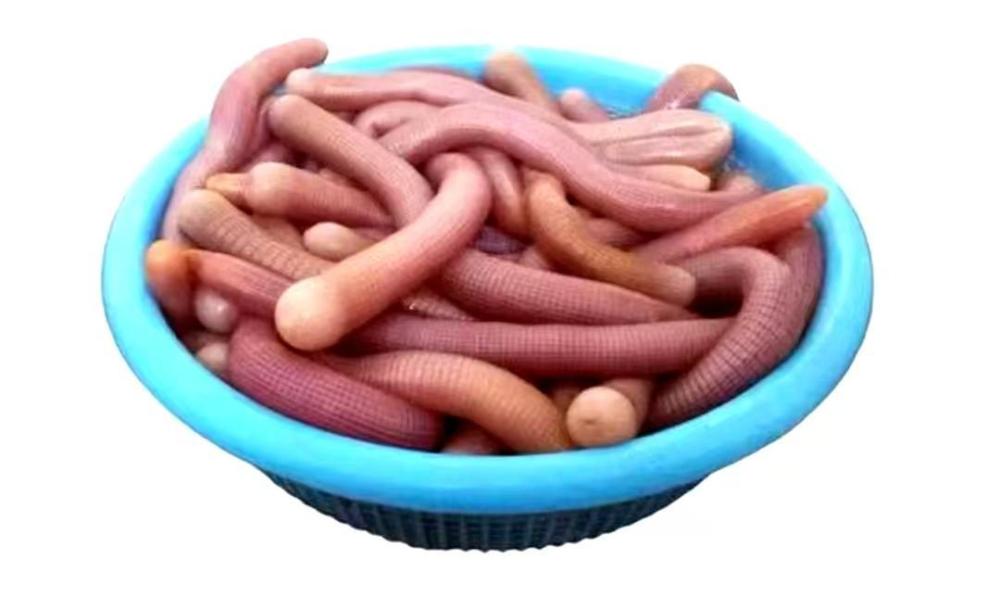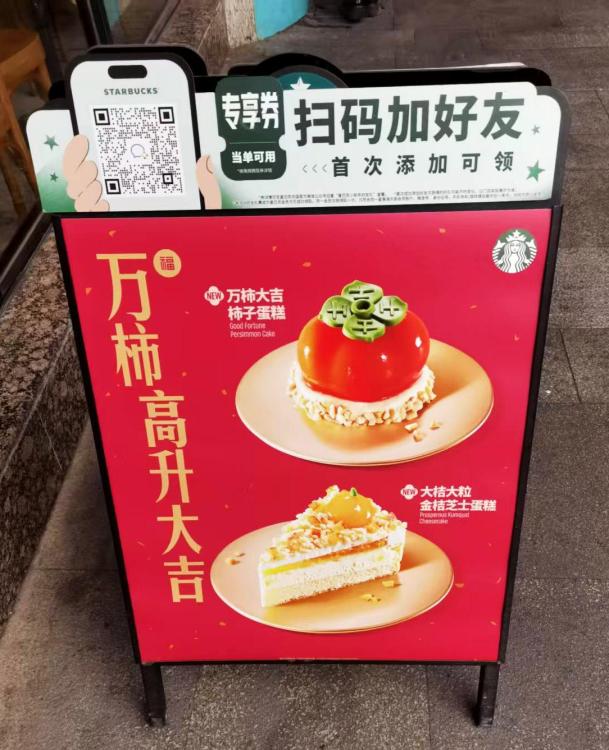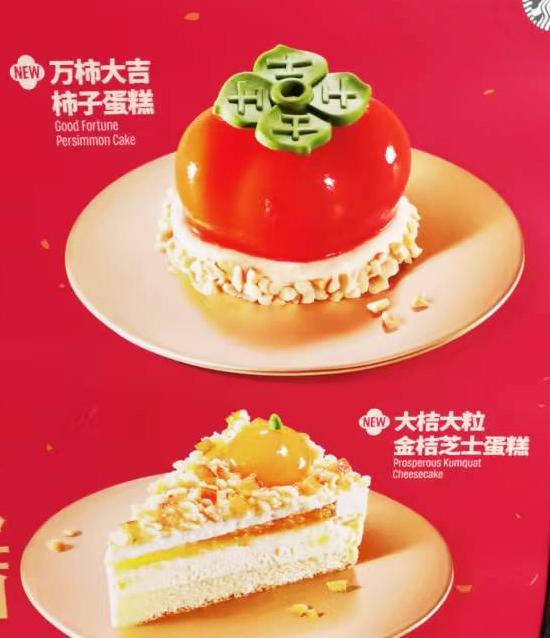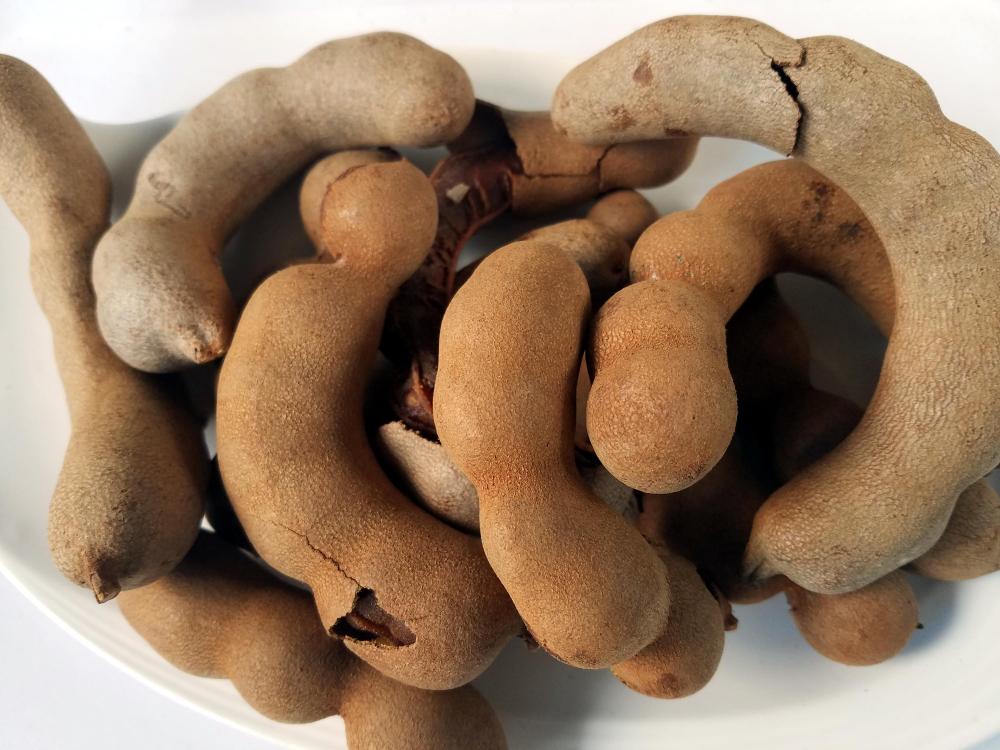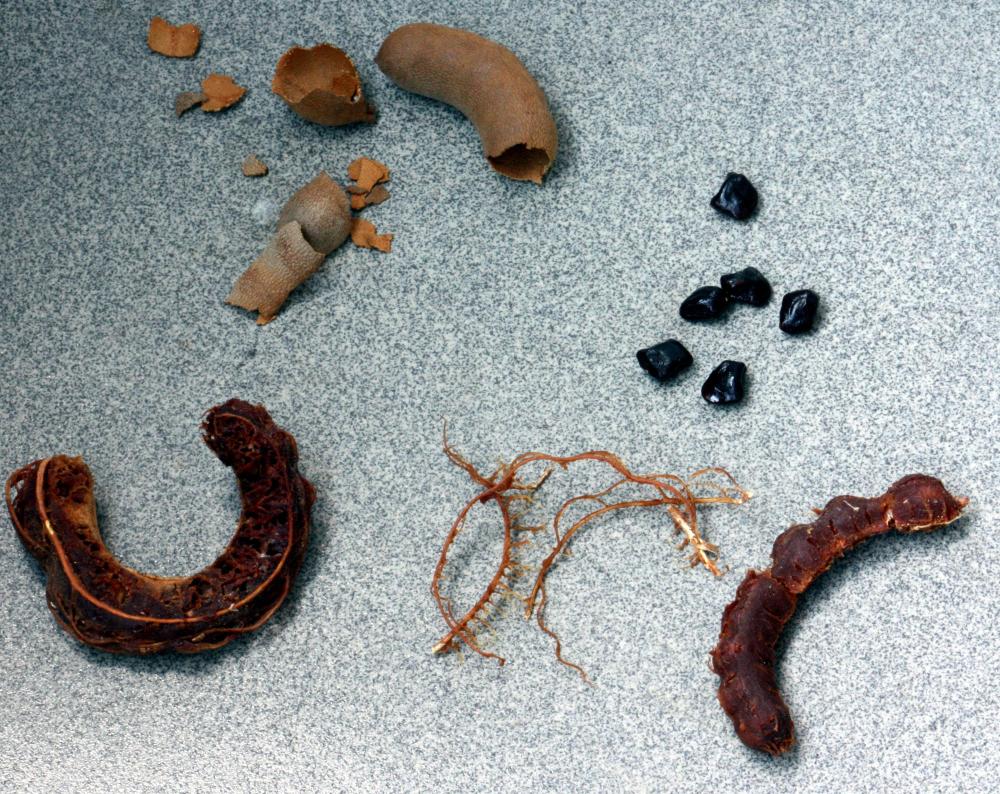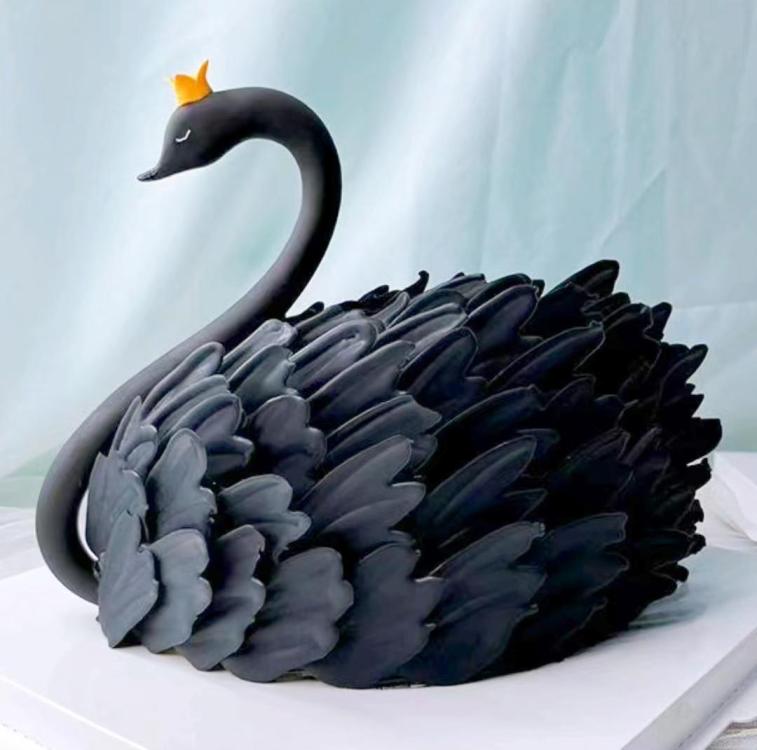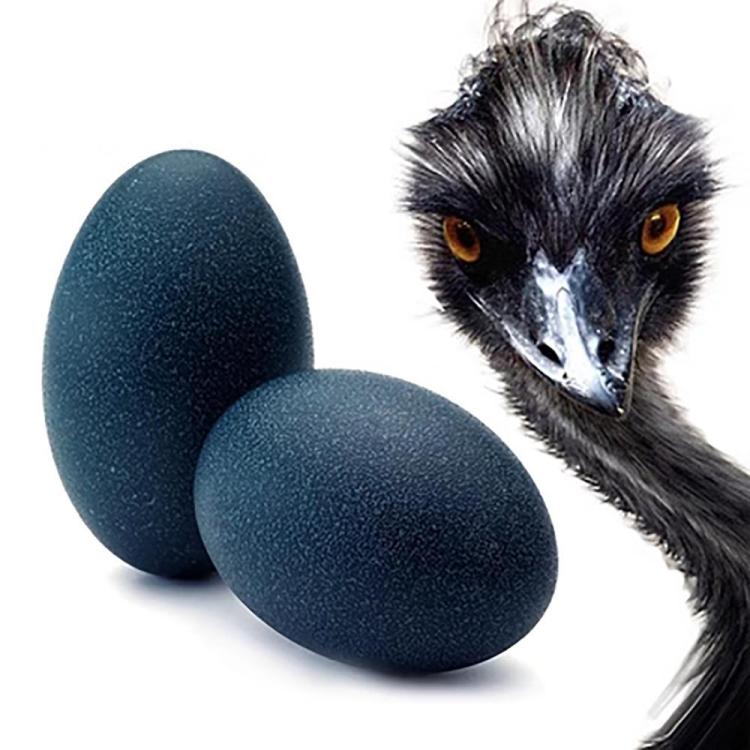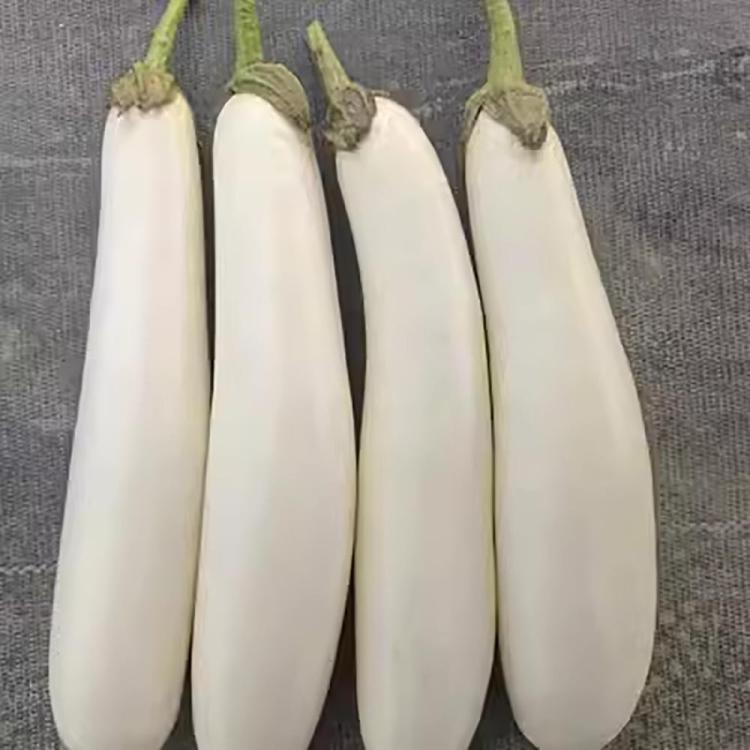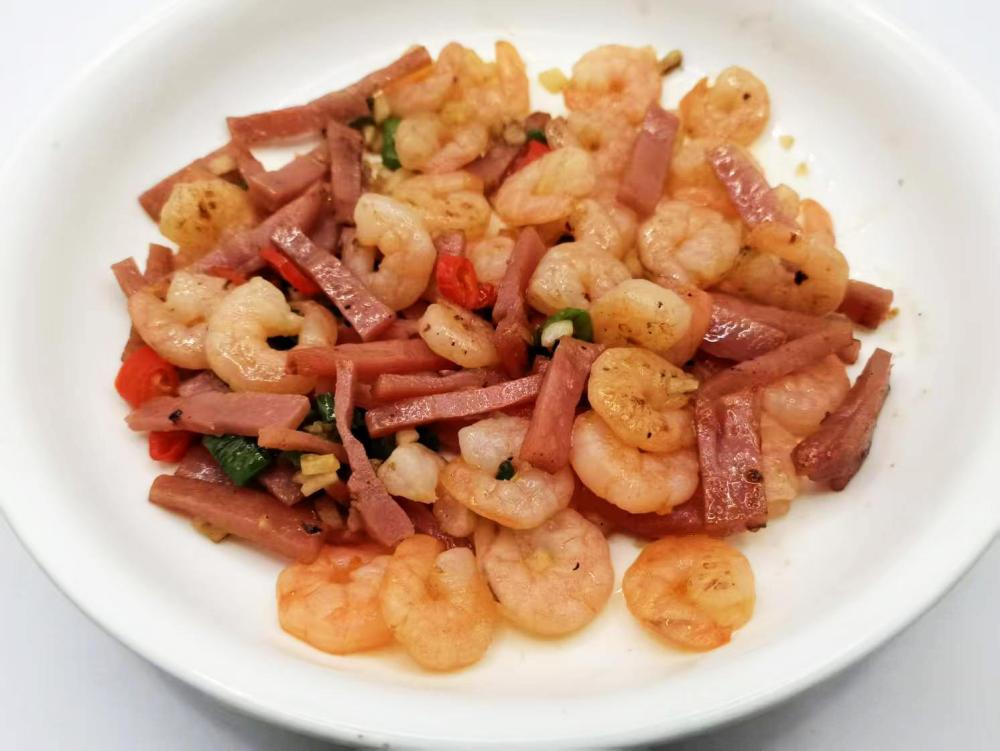-
Posts
16,755 -
Joined
-
Last visited
Content Type
Profiles
Forums
Store
Help Articles
Everything posted by liuzhou
-
Back a couple of pages in this post, I mentioned 沙肠虫 (shā cháng chóng), sand worms. Since then I have made their acquaintance. (Unfortunately, I can't edit the original post to add the image.) They're OK, but I wouldn't make a special trip to get 'em.
-
In my opinion, they're very good, but not worth that level of attention. Maybe I'm just a philistine.
-
Beef tongue was my favourite deli-meat as a kid, but never to freak people out. I understand people may not like it though. No more irrational than my dislikes.
-
Just over two years later, the crab scams are apparently blossoming again, despite the precautions. Here is an in-depth look. Inside China’s Murky Hairy Crab Industry | The World of Chinese
-
Next Wednesday is Chinese New Year's Day. The Year of the Snake. Of course, everyone is getting ready including the fast food places. Starbucks seems first out of the gate with this offering of "Good Fortune Persimmon Cake" or "Prosperous Kumquat Cheesecake". Of course the names refer to traditional New Year greetings. The offerings refer to nothing in particular. Pass.
-
I'm shocked to realise I never mentioned macaroni cheese / mac and cheese or whatever you call it. It was my family's favourite and I always hated it. It was one food I was never forced to sit at the table and attempt to force down. I love pasta generally and am a huge cheesophile but that dish just doesn't work for me. I refuse to even cook it for others. I dont even want to look at it. (I wouldn't worry if I never ate another steak in my life, either. But I could.)
-
When I was studying in Xi'an many years ago, I virtually lived on Roujiamo for lunch and cumin lamb skewers for dinner and never really tired of them. Still have them often, although I'm far from Xi'an now. I also still make other lamb dishes, often with cumin. It pairs so well with the ovine family.
-
For me too. Unfortunately most of my neighbours disagree, saying it smells terrible. So it's difficult to source (and expensive when I do find it). On the other hand, they love Xinjiang lamb (or is it mutton?) Grilled with cumin and chilli sold by itinerant vendors with mobile grills in every street night market in China!. Go figure. They just don't want to cook it themselves. North and west China eat it a lot, but I'm not moving there. Too cold.
-
I am kind of surprised how much attention this story has garnered. Frog is one of the least strange things the Chinese put on their pizzas. Anyway, it's only a limited release. My nearest Pizza Hut whose door I never trouble is in a building with multiple frog restaurants. No one bats an eyelid at frogs, snails, insects, etc on pizzas or anywhere else. Clearly the worst pizza topping is the very common durian. I like durian but, on pizza, that out-grosses and makes pineapple sound vaguely sensible!
-
-
I've seen the frog pizza, but I don't do Pizza Hut. They don't even cook their pizzas in store. They are shipped in pre-assembled, frozen and then microwaved to order. I have nothing against eating frog, though!
-
That is normal. There have been at least a dozen Japanese restaurants in town which were 100% Chinese owned and staffed. No Japanese involvement. Around 90% of "Indian" restaurants in the UK are Bangladeshi owned and staffed and I read somewhere (Bourdain?) that most cooks in "Chinese restaurants" in the US are Mexican. Extremely few of the western restaurants in China are owned or staffed by westerners.
-
The same happens here in Asia. There was a Thai restaurant opened in town a few years back. Everything on their menu was the same Chinese dishes you could find in any restaurant in town, but they had parked a quarter lime on top! Except, it wasn't even lime. It was a local green lemon! They lasted about a month!
-

A week in Kota Kinabalu and Sepilok: Sabah, Malaysia
liuzhou replied to a topic in Elsewhere in Asia/Pacific: Dining
That (or something similar) was my favourite in the Malaysian place in town. Made with bighead carp, though here. Still more 'authentic' than most of their menu. -
Of course not. These sites are almost all just clickbait. Count the adverts per page. Ridiculous.
-
Because eating the monarch's dinner is not allowed! It is theft of royal property and therefore causes harm to the monarch. Ridiculous, I know, but.... That's why I emphasised 'technically'. It has never been enforced in modern times and I think never would be.
-
Eating swans in the UK is decidedly illegal (nothing to do with Henry VIII) - they are protected wildlife birds. When the UK abolished the death penalty in 1969, it was still reserved for a very few crimes, especially treason. Technically eating some swans can be considered treason, and although all death penalties were finally abolished in 1989, it still technically could attract a life sentence. The reason for this is that there is a precedent that the British Crown enjoys ownership of all unmarked mute swans in open water and has done for centuries. The one I sampled as a schoolboy was definitely mute (on account of being dead) but wasn't in open waters - it was in a sandwich! So, although still illegal to eat, doing so wasn't an act of treason. I'm not aware of any other foods the consumption of which is still considered treason, although history has many examples of such in times past. China has many.
-

A week in Kota Kinabalu and Sepilok: Sabah, Malaysia
liuzhou replied to a topic in Elsewhere in Asia/Pacific: Dining
The Malaysian restaurant was a small, casual café-like place and, for obvious reasons, I suppose, leant heavily to the Chinese side of the country’s multi-culturally influenced cuisine. The menu was entirely in Chinese, too so I never really learned the Malay names of many dishes. Looking back, I realise the menu was somewhat clichéd with a heavy reliance on the more obvious ‘famous’ dishes and those they thought would appeal to the locals. 'Foreign' restaurants have never done well here. Malaysian Restaurant - Liuzhou Funnily enough, the young Malaysian woman I met didn’t know it was there until I told her. She was Malay-Chinese, born and raised in Malaysia where she met a young man from Liuzhou and eventually married him and moved here. Anyway, she visited the restaurant and was unimpressed, saying it wouldn’t last long in Malaysia. It didn’t last long here either. Neither did she. After having delivered a healthy bouncing boy, the couple moved back to Malaysia. I didn’t visit the restaurant often, maybe three times maximum, but when I did, I nearly always went for one of the Indian influenced curry dishes. Few curries to be found here and when they do appear they are usually sweet Japanese-style – not my idea of curry. Their fried chicken was acceptable, if not great and they couldn’t mess up nasi goreng. I did eat Bak Kut Teh, there but wasn't knocked out by their version. Incidentally, for many years there has been a hugely popular and more ‘authentic’ Malaysian restaurant in London near where I worked. The name escapes me for the moment, but it was standing room only with long lines every day. There are a few others in London, too. -

A week in Kota Kinabalu and Sepilok: Sabah, Malaysia
liuzhou replied to a topic in Elsewhere in Asia/Pacific: Dining
So happy to see this and delighted you managed for once to take a trip without being sick! Looking forward to more. My local Malaysian restaurant (admittedly not the best in the world) has closed down and my lovely Malay friend has gone home (no connection between the two other than the country), so I'm having Malaysia envy! -
Host's note: this and the first many responses were moved from the Gotten any fun stuff lately? topic. I didn't buy this so perhaps doesn't qualify as 'gotten', but I had fun looking it in the bakery as I was picking up some bread. It's a cake. I don't do cake. I don't do swan either, after a less than fun tasting about 70 years ago. I only remember being appalled at how bad it was*! Long story. * Also totally illegal!
-
I mainly use duck eggs and must confess I prefer to buy those with the green-tinged shells, even though I know there is no real advantage to doing so. They are the same price as the white ones. Now emu eggs are a different story! They are beautiful. Image from Taobao Online Shopping App
-
Yes. I buy them live. They were still kicking until minutes before they hit the wok.
-
I should have said the white aubergines (and all the others) come in both the long Asian varieties and the western rounded ones more often found in the west. In fact we get long, bulbous and completely round varieties. Here are the long white type.
-
晒兰 (shài lán) ham and shrimps with green 樟树港辣椒 (zhāng shù gǎng là jiāo), zhangshugang chilli and red 指天椒 (zhǐ tiān jiāo) pointing to heaven chillies, garlic, ginger, Shaoxing wine and Chaoshan fish sauce. Served with rice and stir-fried snow peas.


